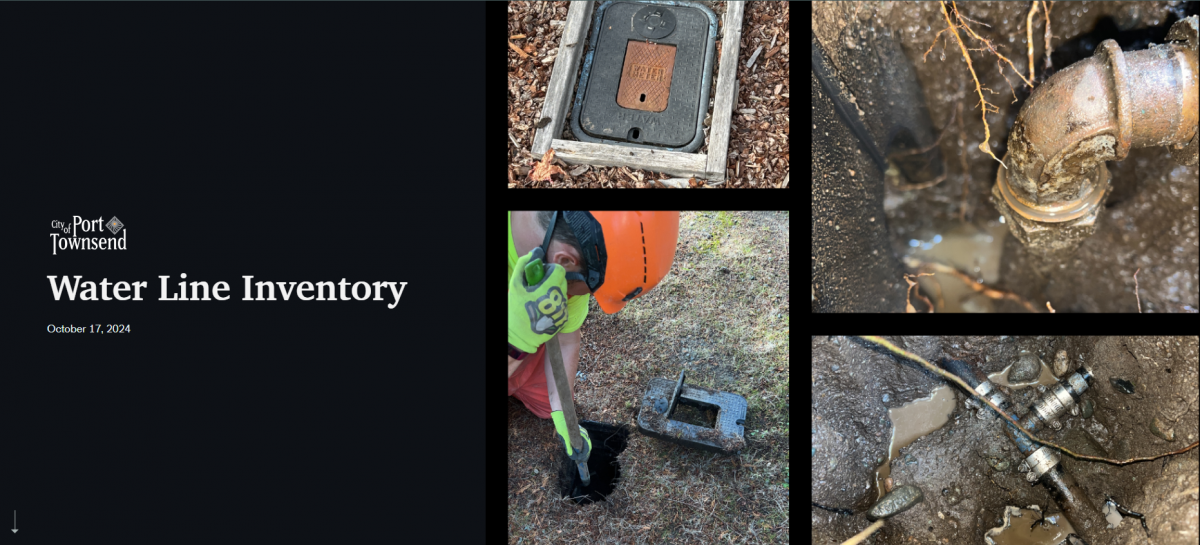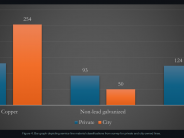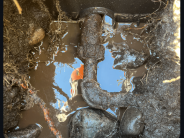Water Line Inventory

View a StoryMap of the Inventory.
Overview
In October 2024, the Public Works Department completed the federally mandated Water Service Line Inventory. The Service Line Inventory included a randomized sample of approximately 350 homes in Port Townsend built before 1987 or where the building date was unknown. The selection criteria were based on the 1986 Amendment to the Safe Drinking Water Act which prohibited the use of pipes, solder, or flux that were not “lead free” in public water systems. The inventory analysis showed no lead service lines found in the sample and was submitted to the Department of Health by the mandatory deadline of October 16, 2024.
History
The Safe Drinking Water Act was amended, in 1986 by Congress, to stop the use of lead pipes or pipes containing lead in public water systems or plumbing facilities used for human consumption. This was bolstered in 1996 when Congress amended the act again, including a provision that prohibited the use of plumbing fittings and fixtures that contained lead.
On January 15, 2021 the Lead and Copper Rule Revisions required public water systems to inventory lead services lines and report the results of the completed inventory by October 16, 2024. This ruling went into effect on December 16, 2021. As a result, the City of Port Townsend has conducted a review of the water lines managed by the City.
Methods
The process of identifying water line material consisted of three steps:
1) identifying potential locations with lead lines and randomly sampling a subset of those locations using tabular data, statistical software, and GIS (geographic information systems);
2) Completing field surveys to determine if lead piping exists at potential locations;
3) Compiling results from the two previous steps and submitting the results to the Washington Department of Health.
Identifying potential locations with lead lines: The approach developed by the City of Port Townsend (the City) was based on two documents provided by the Washington Department of Health titled “Statistical Guidance for Group A PWS Evaluation of Unknown Service Lines” and “Lead Service Line Inventory Guidance.” These documents identified key factors that allowed the City to develop a feasible methodology to comply with the service line inventory requirements of the Lead and Copper Revisions.
The city used R statistical software (Version RStudio 2024.04.1), Microsoft Excel, and ArcGIS Pro (Version 3.2) to complete step 1. In addition, three datasets including two parcel datasets from Jefferson County (parcel data) and one dataset of the existing service line from the City of Port Townsend (service line data) were incorporated into an analysis that identified potential location with lead service lines.
The City identified 5,204 properties with active water meters. Of those, 3,253 had building that were either built prior to 1987 or the building date data was not available for a specific property. To achieve the 95 percent confidence interval (required by the EPA) city staff used a “Statistical Guidance for Group A PWS Evaluation of Unknown Service Lines,” and determined 346 properties needed to be randomly sampled from the 3,253 properties.
Survey and Findings
The City created an online survey that collects GPS, photos, and tabular data to expedite and streamline the surveying processes. Crews started sampling the randomly sampled locations on August 28th and completed work on October 12, 2024. Following the completion of the survey data was compiled, reviewed in a thorough QA/QC process, and submitted to the DOH on October 16, 2024. The graph in the StoryMap depicts the findings from the survey. The primary material used for both city and private service lines was copper, while the secondary and third material was non-lead galvanized and plastic, ranking dependent on city or private ownership.
Summary and Next Steps
No lead services lines or lead fittings were found during the survey. However, the City of Port Townsend will continue to document service line material classifications and expand upon it's existing database during upcoming construction events and when water lines need to be replaced.




